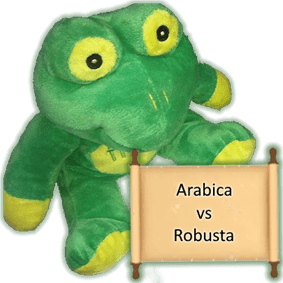For two centuries investigators have tried with varying degrees of success to identify the compounds which give roasted coffee its characteristic aroma and taste. The analytical methods and the state of progress in chemistry at the end of the 19th century did not allow for the separation, isolation and identification of the multitude of trace chemicals which are present in roasted coffee. By 1900, scarcely a dozen compounds had been identified. Since the beginning of the sixties, with the advent of gas chromatography and mass spectrometry, the number of identifications has increased tremendously. To date, 850 compounds have been identified in the flavour (what you taste, rather than what you smell which is aroma) of roasted coffee and over 300 in the smell of green coffee.
Scientists systematically review the non-volatile constituents of green coffee, including their structure, and discuss their important contribution as flavour precursors during the roasting process. They also still tracing the chronological discovery of the individual chemicals and critically examine the validity of their identification, highlighting the enormous progress which has been realized during the twentieth century and particularly in the last 40 years. The constituents of green and roasted coffee have been distributed into chemical classes according to structure, systematic and empirical names, their CAS Registry Numbers and occasionally their FEMA classification. Comments are given on the origin or the formation during roasting of each individual compound.
To read more you can go to coffee_flavor_chemistry


